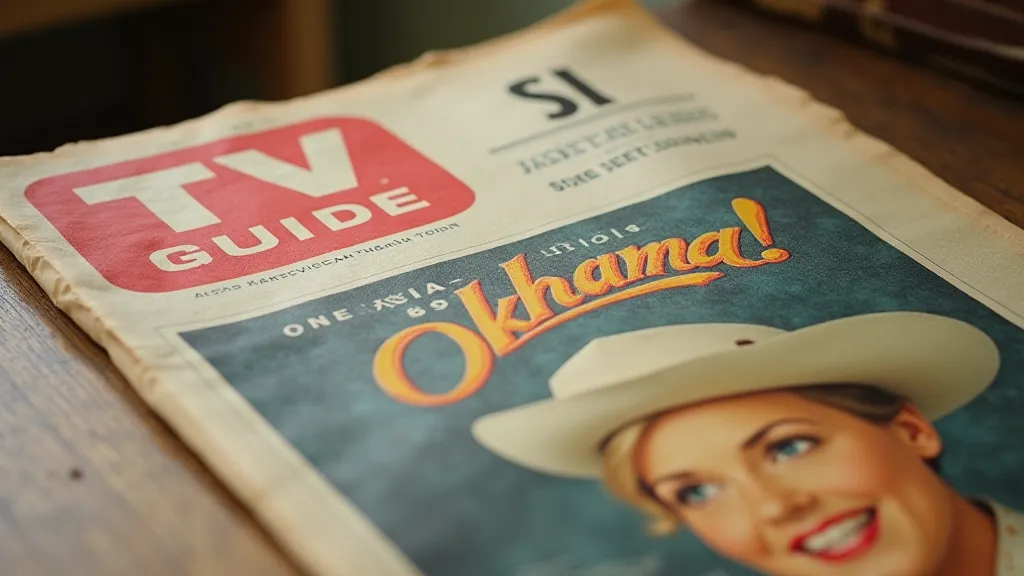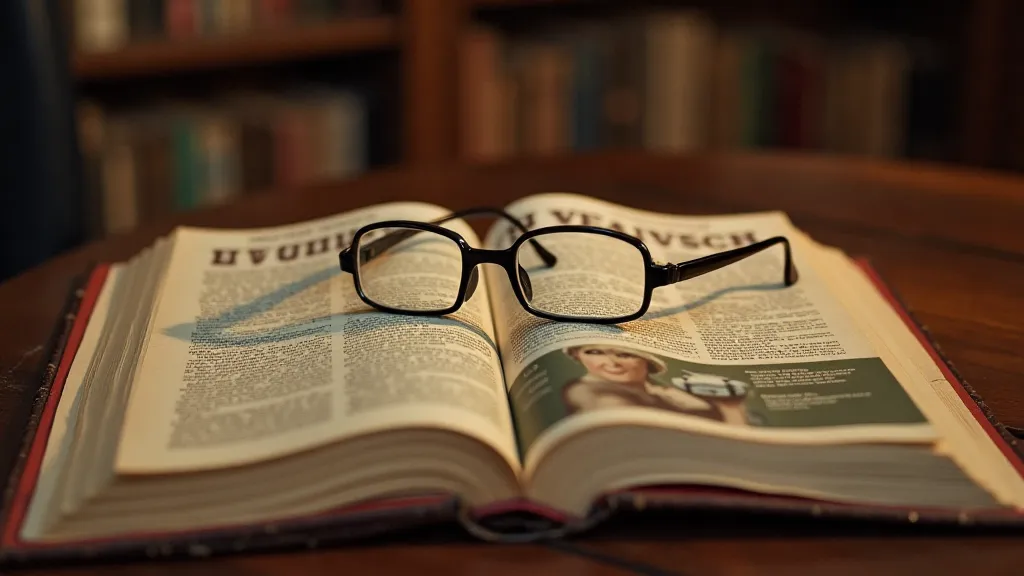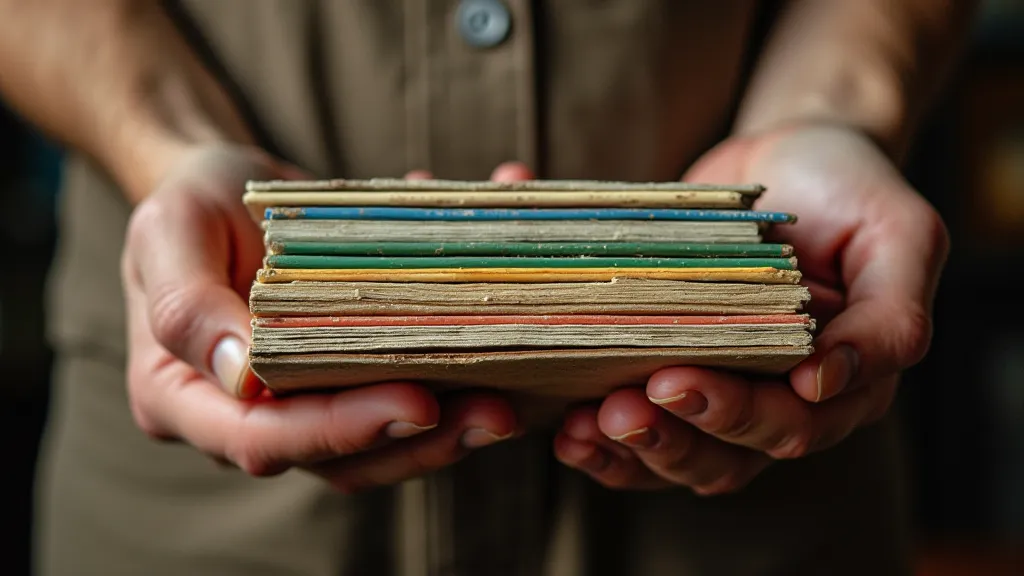Echoes in the Bindings: Unearthing Lost Narratives Through Vintage TV Guides
There’s a particular scent associated with old paper – a mix of vanilla, dust, and time. It’s a scent I associate almost exclusively with vintage TV Guide magazines, and the moment it hits my nostrils, I'm transported. Not just to the era of poodle skirts and drive-in movies, but to the lives of families huddled around their black-and-white televisions, sharing a moment of communal entertainment, completely unaware that they were creating a historical artifact. Collecting these magazines isn't merely about accumulating paper; it's about holding a tangible piece of American history, a window into the hopes, anxieties, and evolving sensibilities of a nation.
My own fascination began with my grandfather. A quiet man, he wasn’t one for grand pronouncements or sentimental displays. Yet, tucked away in his attic were stacks of these TV Guides, spanning from the 1950s to the early 1970s. As a child, I'd snoop, captivated by the vibrant covers – Lucille Ball frozen mid-laugh, a dashing James Dean, the promise of an evening's entertainment neatly packaged. He rarely spoke about them, but the reverence with which he handled them hinted at a deeper connection. Later, I realized he’s been preserving not just the shows themselves, but a fragment of his past, his family’s shared experiences.

More Than Just Listings: A Cultural Snapshot
Of course, the primary function of a TV Guide was to tell you what was on. But to dismiss them as mere program listings is to profoundly misunderstand their cultural significance. Think about it: in the 1950s and 1960s, television was the dominant form of entertainment. It was a relatively new technology, rapidly transforming American society. TV Guide became the essential companion to this revolution. Examining the advertisements – everything from cigarettes to breakfast cereals – provides a fascinating insight into the marketing strategies of the time, reflecting prevailing consumer desires and societal norms. The 'What's On' section itself reveals programming trends, the rise and fall of popular genres, and the subtle shifts in audience tastes. For example, the prevalence of Westerns in the late 1950s and early 1960s speaks volumes about America's romanticized vision of its frontier past.
Beyond the listings, the cover stories themselves are mini-time capsules. The profiles of actors and actresses offer glimpses into their public personas and the societal expectations placed upon them. The fashion commentary reflects the evolving styles and the burgeoning youth culture that would eventually challenge the conservative values of the era. Consider the transition from the formal, buttoned-up fashions of the 1950s to the more rebellious, bohemian styles of the late 1960s – it's all subtly documented within these magazines.
Craftsmanship and Rarity: The Collector's Eye
The physical construction of early TV Guides is remarkable. The paper stock, often heavier than what we've grown accustomed to, speaks to a commitment to quality. The printing techniques, while seemingly rudimentary by today's standards, resulted in a distinct aesthetic – a certain richness and vibrancy that digital reproductions struggle to capture. The binding, a simple staple binding, has a characteristic feel, and the wear and tear over decades tell a story of repeated handling and cherished moments.
Certain issues are significantly more valuable than others. First edition covers are highly sought after. Issues featuring groundbreaking shows like "I Love Lucy" at the height of its popularity, or those documenting significant cultural events (the Kennedy assassination, the moon landing) command premium prices. Rarity is also a factor. Regional editions, those tailored to specific markets, often printed in smaller quantities and are therefore more difficult to find. Condition is paramount – a pristine, uncreased copy is worth considerably more than one that's been heavily used. The “TV Guide Rarity Index” is a crucial resource for serious collectors – it provides a guide to relative scarcity and approximate values, although the market is constantly fluctuating.

Preservation and Identification: Keeping History Alive
Proper storage is essential for preserving vintage TV Guides. Avoid direct sunlight and extreme temperatures. Acid-free sleeves and archival boxes provide the best protection against degradation. While restoration is generally discouraged (as it diminishes value), gentle cleaning with a soft cloth can remove surface dust and grime. It's a delicate process, and any attempt at cleaning should be undertaken with extreme caution.
Identifying a TV Guide’s exact publication date can sometimes be challenging. The cover date usually indicates the week the issue is available, but subtle variations exist. The zip code printed on the back cover is a key identifier – it reveals the distribution region and can help pinpoint the issue’s origin. The presence of advertising inserts, specific font styles, and even the shade of the paper can offer clues. The TV Guide Identification Guide is an indispensable resource for collectors, providing detailed information about different regional editions and publication dates.
A Legacy of Shared Moments
Collecting vintage TV Guides is more than a hobby; it’s a connection to the past, a window into the lives of those who came before us. It’s about understanding how television shaped American culture and how a simple magazine became a repository of shared memories. The faint scent of aging paper, the vibrant covers, the familiar faces – they all evoke a sense of nostalgia and a deep appreciation for a bygone era. My grandfather’s collection, now mine, continues to spark conversation, tell stories, and transport me back to a time when families gathered around their televisions, united by the shared experience of entertainment. And in preserving these fragile artifacts, we’re preserving a piece of American history itself.






